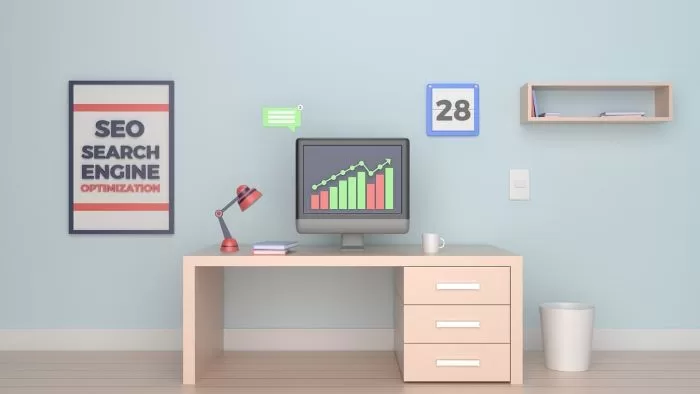Brand Strategy
How Broken Links Undermine Your Brand’s Credibility

A broken link is a hyperlink on a website that leads to a page or resource that no longer exists or cannot be found. While broken links may seem like a minor issue, they can have a significant impact on a brand’s credibility and online reputation. In this article, we will explore the ways in which broken links can undermine your brand’s credibility and provide tips on how to prevent and fix them.
When visitors click on a broken link, they will usually be directed to an error page instead of the intended content. Some of the most common error messages that a visitor may encounter when following a broken link include:
- 404 Not found: This is the most common error message that visitors will see when clicking on a broken link. It means that the server is unable to locate the requested page.
- 500 Internal server error: This error message indicates that there is a problem with the website’s server, rather than with the specific page or resource that the visitor is trying to access.
- Server not found: This error message indicates that the domain name of the site cannot be resolved, either because the domain name has expired or because the DNS server is down.
- Timeout: This error message indicates that the server is taking too long to respond, which may be due to high traffic or a server issue.
- Insecure connection: This warning message appears when a visitor tries to access a page that uses an insecure connection, for example due to an expired or untrusted SSL certificate.
The Impact of Broken Links
Broken links can negatively impact the user experience and harm a brand’s credibility in several ways. Firstly, when visitors encounter broken links, they may become frustrated and view the brand as unprofessional or unreliable. Visitors may assume that the broken links are a result of poor website maintenance, outdated content, or careless mistakes, which can undermine their confidence in the brand.
Moreover, broken links can also harm a brand’s search engine optimization (SEO) efforts. Search engines use a limited amount of resources, known as crawl budget, to crawl and index the pages of a website. When search engine crawlers follow a broken link, they waste a portion of their crawl budget by trying to access a page or resource that no longer exists. This can prevent them from crawling and indexing other, more important pages on the website.
Search engines may also take broken links as a signal that the website is outdated or not well-maintained. As a result, they may lower the website’s ranking, making it less likely for potential customers to discover the brand.
The Causes of Broken Links
Broken links can be caused by a variety of reasons, such as when a website is updated or redesigned, and the old links are not redirected properly to the new pages. Broken links can also occur when external websites are removed or their URLs are changed, resulting in links pointing to non-existent pages. Additionally, human error, such as typos in URLs, can also cause broken links. Another common cause of broken links is when a page is moved to a new location or deleted, without the links pointing to it being updated or removed.
Finding Broken Links
Checking for broken links is a critical aspect of website maintenance, and it’s important to know how to do it effectively. One option is to manually check each page of the site by clicking on every link and looking for errors. While viable for smaller sites, this can be a daunting task for larger websites with hundreds or thousands of pages.
For larger websites, a broken link checker is a useful tool that can automatically scan the entire website and identify any broken links. Link checkers come in the form of desktop applications or online services, with some allowing you to schedule regular scans.
Another option is to check Google Search Console, which provides a report of indexing issues that Google has encountered while crawling the site.
Fixing Broken Links
Once broken links have been identified on the website, it’s important to fix them as quickly as possible to prevent any negative impact. Here are some best practices for fixing broken links:
One of the simplest and most effective ways to fix a broken link is to replace it with a working one. This involves identifying the correct URL and replacing the broken link with the correct one.
If the original content is no longer available or has been moved to a new URL, a good option is to create a redirect to a relevant page. This is often done using a 301 redirect, which tells search engines that the content has permanently moved to a new URL.
In some cases, it may not be possible to replace or redirect a broken link. In this case, the best option may be to simply remove the link. This may be appropriate for links that are no longer relevant or outdated.
Wrapping It Up
In conclusion, broken links can be detrimental to a brand’s credibility, reputation, and SEO efforts. They can frustrate visitors, signal to search engines that the website is not well-maintained, and make visitors question the brand’s expertise and authority in its field. Therefore, it’s crucial for brands to regularly monitor and fix broken links on their website to ensure a positive user experience and maintain a strong online presence.




















































